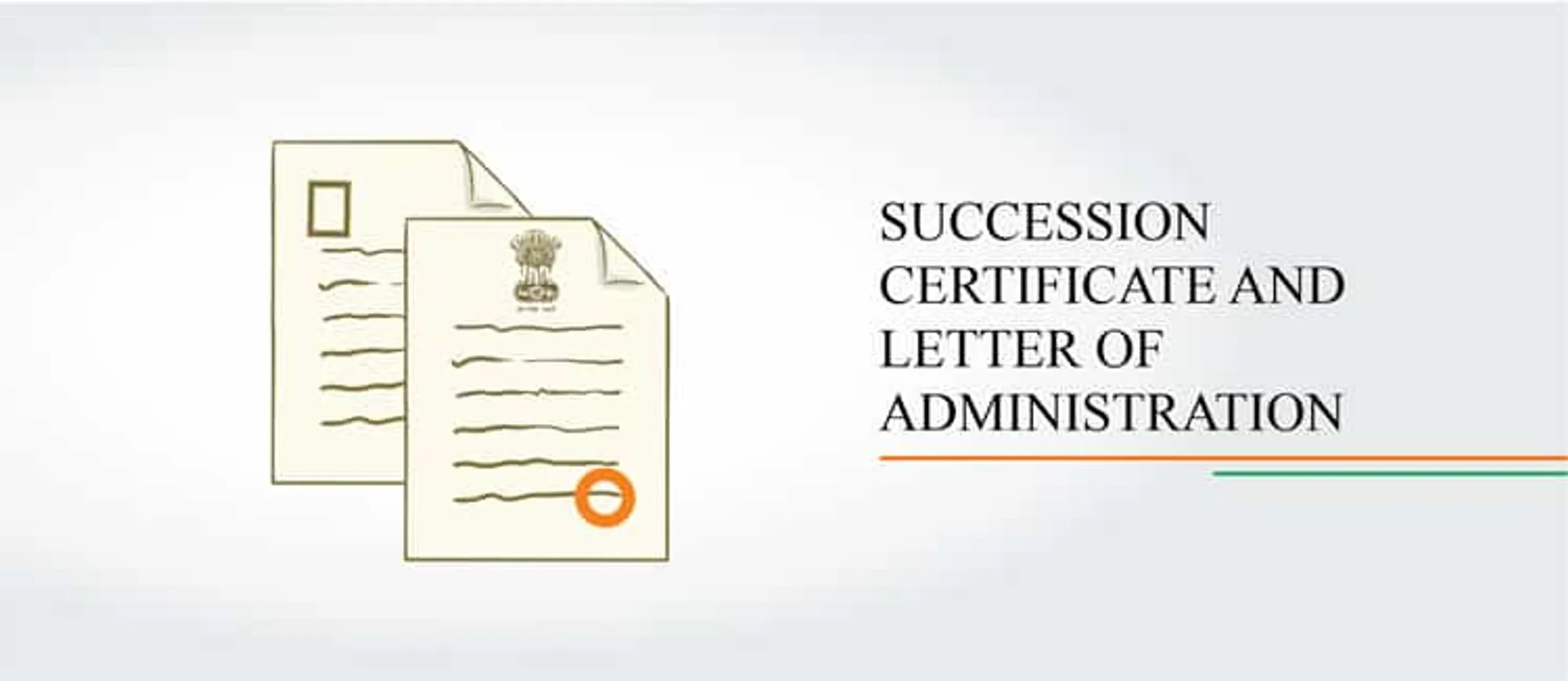The right paper work goes a long way in getting your money to those you love when you are no more to help them out. When you approach a financial institution, bank, Mutual Fund AMC, Demat account, PPF etc. to inherit, they may ask for documents like Succession Certificate or Letter of Administration or Probated copy of the Will to ascertain that you are the legal heir. This may even happen when you have a valid will.
Succession Certificate
In the absence of a will, if there is no survivor amongst the account holders and a no nomination had been done by the holder(s) earlier, a Succession Certificate is to be the primary document through which the heirs can stake a claim to the assets of a deceased relative. A succession certificate, under the Indian Succession Act, is a document that gives authority to the person who obtains it, to represent the deceased for the purpose of collecting debts and securities due to him or payable in his name.
- It establishes the authenticity of the heirs and give them the authority to inherit debts, securities and other assets that the deceased may have left behind.
- The beneficiary has to approach the district or the high court within whose jurisdiction, i.e. legal territory, the assets fall (where the properties of your deceased relative are situated) and file a petition for a succession certificate.
- The court, after examining the petition, issues a notice to all those concerned. It also issues a notice in a newspaper and specifies a time frame (usually one-and-a-half months) within which anyone who has objections may raise them. If no one contests the notice and the court is satisfied, it passes an order to issue a succession certificate to the petitioner.
- Once you have the certificate, you are authenticated to distribute the assets to the legal heirs as per the succession laws.
- A Succession Certificate is not granted in cases where obtaining a Probate of Letter of Administration is necessary such as when there is a valid will.
Letter of Administration
Letter of Administration is issued by a competent authority (court) and appoints the Administrator to dispose of the property of a person. It is required when:
- Testator has failed to appoint an executor under a Will OR
- Where the executor appointed under a Will refuses to act OR
- Where executor has died before or after proving the Will but before administration of the estate.
A Letter of Administration can be granted after 14 clear days from the date of death of an intestate.
For obtaining a letter of administration the beneficiary has to apply to the court. The court on receiving satisfactory proof of valid execution of the will issues letter of administration to the beneficiary. The application for letter of administration has to contain the following details:
- The time of the testator’s death
- That the writing annexed in his last will and testament
- That it was duly executed
- The amount of assets which are likely to come to the petitioner’s hands, and
- The petitioner is the executor named in the will
A Letter of Administration may be granted to one or several people who may apply to the Court. If no one applies, it may be granted to a creditor of the deceased. A Letter of Administration cannot be granted to a minor or a person of unsound mind.

